Publications
Books
|
CLICK ON TITLE FOR MORE INFORMATION
|
|
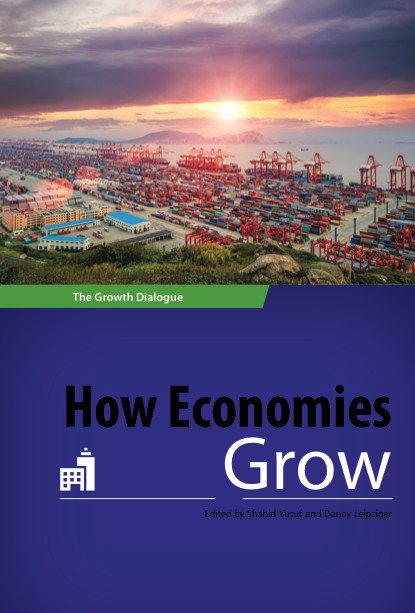 |
How Economies Grow with Shahid Yusurf, editors For the many high-income countries that are struggling to distance themselves from the Great Recession, reviving growth has never seemed more urgent. Likewise, developing and emerging market economies are eager to accelerate or maintain their growth rates so as to satisfy popular demands for a more rapid improvement in living standards and in order to reduce poverty. The five succinct essays synthesize and illuminate some of the main findings of a vast literature and should be valuable to expert and general readers alike. |
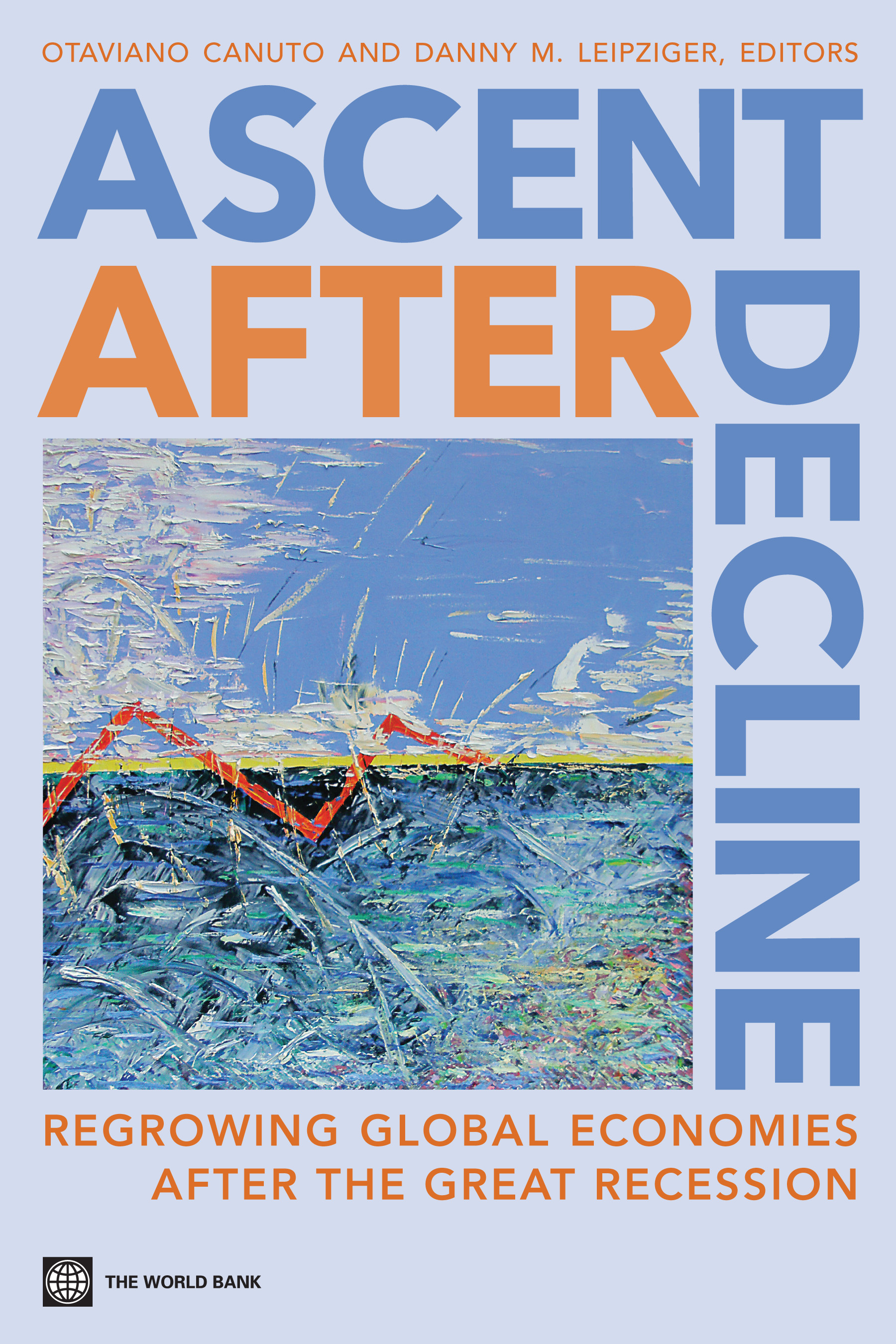 |
Ascent After Decline: Regrowing Global Economies after the Great Recession with Octaviano Canuto, editors In Ascent after Decline, more than a dozen distinguished contributors scan the economic horizon, spell out the new fiscal reality, and highlight the policy choices on which economic regrowth will depend. Can emerging market countries continue to follow an export-led strategy? Can advanced economies achieve fiscal consolidation while maintaining growth? Can governments repair the holes in the social contract created by the crisis? |
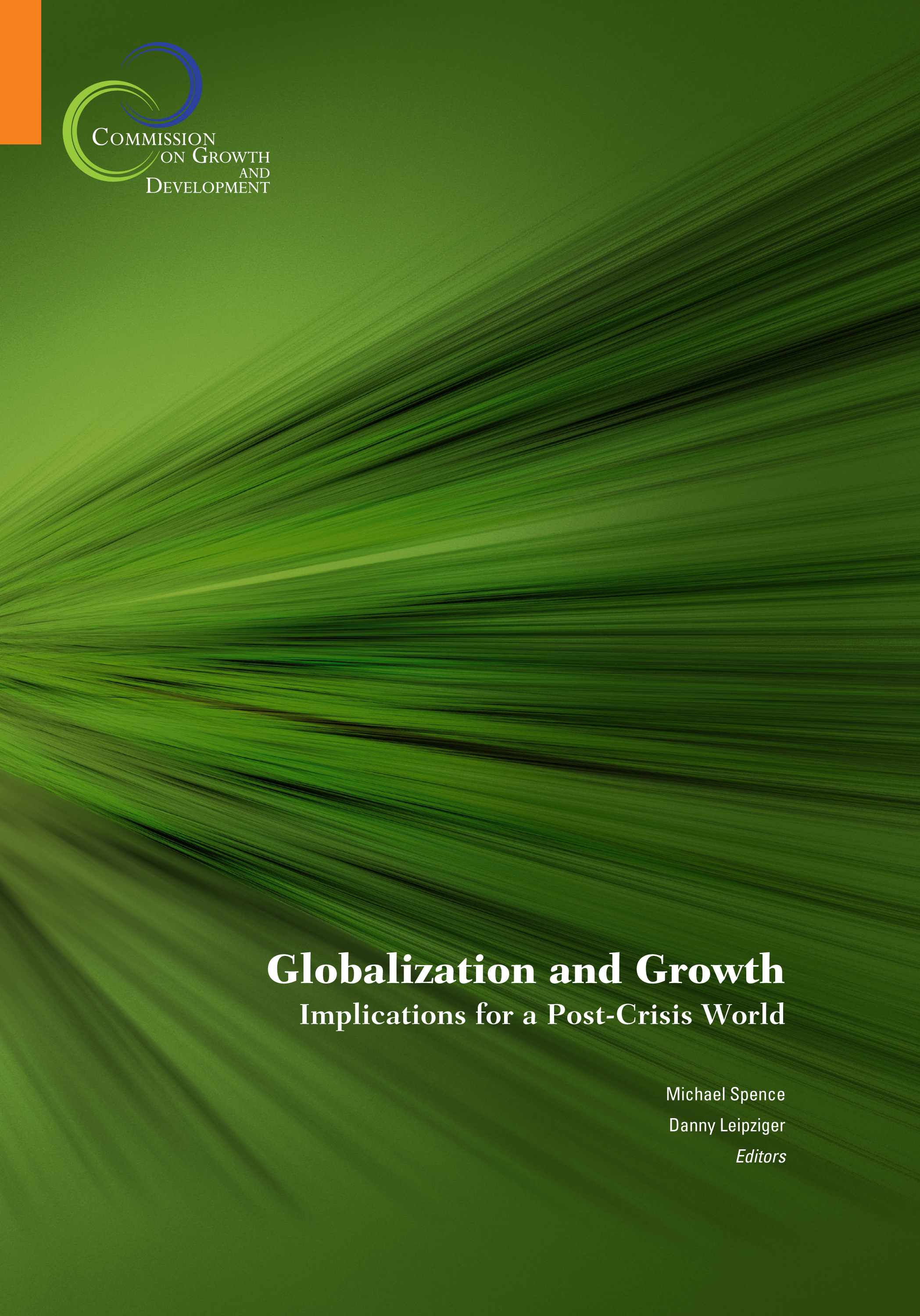 |
Globalization and Growth: Implications for a Post-Crisis World with Michael Spence, editors |
|
Stuck in the Middle: Is Fiscal Policy Failing the Middle Class? with Antonio Estache, editors
"At every stage of development, sustaining effective public policies for poor people requires engaging middle-class voters. There is no shortage of talk about the middle class, say the middle 60 percent of income recipients. But here is a book that actually studies them from a global perspective: their interests, their attitudes, their prospects, their power...Read More |
|
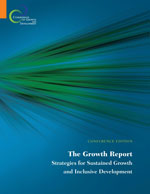 |
The Growth Report: Strategies for Sustained Growth and Inclusive Development Commission on Growth and Development The Growth Report: Strategies for Sustained Growth and Inclusive Development looks at how developing countries can achieve fast sustained and equitable growth. According to the Commission, fast sustained growth is not a miracle; it is attainable for developing countries with the "right mix of ingredients." Countries need leaders who are committed to achieving growth and who can take advantage of opportunities from the global economy. They also need to know about the levels of incentives and public investments that are necessary for private investment to take off and ensure the long-term diversification of the economy and its integration in the global economy. |
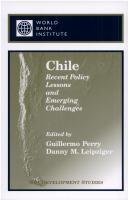 |
Chile: Recent Policy Lessons and Emerging Challenges with G. Perry, editors The "Chilean model" has been expostulated for some time in the Latin American and Caribbean region and elsewhere because it appeared that the country, despite political and economic turmoil, embodied important lessons about economic management.' Over the last 15 years, Chile has been the Latin American country with the most consistent and successful economic record. The success of Chile's economic reforms and the subsequent dramatic increase in real income is well known. |
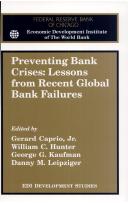 |
Preventing Bank Crises: Lessons from Banking System Failures with G. Caprio, K. Hunter, and G. Kaufman, editors Federal Reserve Bank of Chicago, World Bank, 1998 With so much attention being paid to the international economic crises, the causes of these crises must be studied in detail. This book examines various problems such as unregulated, or poorly regulated, financial institutions; reforms launched without provisions for sound financial supervision; and regulators who have become poor and unfaithful agents for their principals (the taxpayers) and have, albeit unintentionally, exacerbated the frequency of banking crises. |
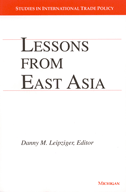 |
Lessons from East Asia University of Michigan Press, 1997 This compilation of case studies and essays focuses on the role of public policy in the experience of East Asian economies. A major theme running through the volume is regional learning and regional contagion--the spread of that learning. Beginning with Japan and continuing with the impressive achievements of countries originally considered unviable in the 1950s and 1960s, like Korea and Taiwan, contributors demonstrate how regional policy lessons permeated borders easily. The 1980s brought further lessons and flows of capital to the second generation of rapid industrializers. And the 1990s saw regional contagion benefit new aspirants like Vietnam. As the chapters reveal, however, the transferability of lessons depends on the institutional framework in which policy is formulated, the consistency of policy, and the quality of implementation.
|
| The Distribution of Income and Wealth in Korea with D. Dollar, A. Shorrocks, and S. Song, editors World Bank, EDI Development Studies, 1992 Korea's development performance is the envy of the developing world. Its success is largely due to the commonly shared goals of its people, supported by a relatively equal distribution of income over three decades of rapid growth. However, developments in the late 1980s, including increases in real estate and land prices and the expansion of the equities market, have led to a greater concentration of wealth. The perception that income and wealth are becoming more highly concentrated in Korea has fueled public debate on tax policies, housing policies, and expenditure priorities. This book examines recent trends and estimates the effect of rapid appreciation of asset values, concluding that there is evidence of less equality in the income distribution than conventionally reported. The book contributes to an analytical framework for examining wealth issues and aims ultimately at a restoration of the traditional consensus in Korea toward broadly shared development gains.
|
|
| Korea: Transition into Maturity Elsevier Press, 1988 Korea's remarkable industrial progress has been virtually unparalleled in the developing world. Through painstaking effort and prudent management, the economy has been transformed from that of a poor agricultural society to a major economic power in Asia. In the process, standards of living have increased dramatically; however, with democratization have come even higher economic expectations. Korea now stands poised to shortly join the ranks of the developed nations on the basis of its export success, but it must also meet thenew demands of its people. This volume cuts across a broad spectrum of issues and highlights some of the remaining challenges to Korea's development. By including scholars from Korea as well U.S. academics and experts who deal directly with Korean economic policy, the book brings to bear a judicious blend of views on the hurdles to be overcome by Korean policy-makers in this final and arguably most difficult step in Korea's transition to maturity. |
|
Monographs and Chapters
|
Africa's Urbanization: Challenges and Opportunities Africa is urbanizing fast. Its rate of urbanization soared from 15 percent in 1960 to 40 percent in 2010, and is projected to reach 60 percent in 2050 (UN Habitat 2010). Urban populations in Africa are expected to triple in the next 50 years, changing the profile of the region, and challenging policy makers to harness urbanization for sustainable and inclusive growth. Although many have written about the phenomena, what is clear to us is that is impossible to deal with Africa’s growth and poverty challenges without managing urbanization. Urbanization is not a sub-plot, but rather the main policy narrative for Africa. This paper addresses the question of what is required to make African cities efficient, sustainable, and inclusive.
The purpose of this paper is to sketch a strategy for African late starters. It identifies the key objectives and the mix of policy initiatives appropriate for a post‐financial‐crisis environment where South‐South trade and capital flows are taking on a greater salience. In sketching this framework, the paper will draw upon the empirical work that is helping spell out the constants in growth economics, and what our new knowledge suggests are the changes that need to be factored into policies
This chapter explores how the IMF and World Bank have influenced thinking on global development by governments, donors, and the international community. The first section focuses on the period 1970–2000, when IFI resource transfers were large, and these institutions had a major influence on paradigm shifts in development thinking. When governments were debating economic strategies, when aid programs were being designed or trade agreements were being negotiated, or when central bank agreements were being signed, the positions of the Bretton Woods institutions were seriously considered. The intellectual contributions of both institutions were unparalleled in their early decades; they included the Fleming–Mundell model (Boughton 2003) that underpinned international macroeconomic thinking, and the Chenery and Syrquin (1975) evidence that growth and distribution need not be at odds in development. Chilean Growth through East Asian Eyes This paper contrasts Chile’s approach to economic growth with strategies pursued in East Asian high-growth countries. East Asian examples are used for three reasons: (i) many of the successful transitions from middle to high income levels have actually occurred in East Asia, starting with Japan, and continuing with the Republic of Korea, Singapore, and Taiwan, China; (ii) several other East Asian countries (Malaysia, Thailand) are now wrestling with an identical set of issues, including rising domestic inequality; and (iii) East Asia is widely seen as having heterodox growth policies, and so offers the most vivid contrast with Chile. |
Selected Articles
|
In recent years, Korea's growth has slowed down as investment and productivity have declined. This paper analyses the key factors determining potential growth in Korea using the IMF’s methodology and conducting simulations tracing the path of potential growth to 2050 under different scenarios.
This paper provides an empirical analysis of the determinants of three child-health outcomes related to the Millennium Development Goals: the infant mortality rate, the child mortality rate, and the prevalence of malnutrition.
The perception that privatization hurts the poor is growing and creating a backlash against the private provision of basic infrastructure services. At the same time, governments are finding themselves fiscally strapped, searching for ways to finance the large investments needed to expand services for the poor. In Latin America, a laboratory for privatization, evidence exists which sheds light on the privatization experience.
Compared with East Asia, Latin America and the Caribbean have made very little progress in reducing poverty rates since the 1980s, largely because of sluggish growth.
Korea’s economic performance has undergone tremendous scrutiny since the devastating financial crisis of December 1997, and this has forced a reevaluation not only of the miracle of Korean economic growth but more importantly, the underlying paradigm. While much had been written of the lessons of Korean development, there was also ample evidence of structural problems in the economy and concerns about the governance failures that accompanied them. Moral hazard refers to actions of economic agents maximizing their own utility to the detriment of others in situations where they do not bear the full consequences (or benefits) of their actions because of uncertainty, incomplete information or the nature of the particular contract in force.The significance of moral hazard behavior in Korea is that it is part of what is known as the socialization of risk and it underpins the unique relationship between the public and private sectors in Korea over the last three decades. Any prediction of the future of financial institutions in the North Korean context depends inherently on prior political assumptions.
The success with which middle income indebted developing countries have gained access to private international finance in the 1990s is a tribute to their own domestic economic performance, international policy in dealing with the debt crisis of the 1980s, and innovations in international financial markets. This paper emphasizes the role of private infrastructure investment as a vehicle for attracting foreign capital to developing countries in the 1990s. Initiated by the Treaty of Asuncion in 1991, Mercosur aims to eliminate all internal tariff and non-tariff barriers on the flow of goods and factors of production, implement a common external tariff, and harmonize numerous macroeconomic and sectoral polices among Argentina, Brazil, Paraguay and Uruguay. It if is successful, Mercosur members will gain from greater production rationalization, more efficient resource allocation and expended consumption opportunities. |